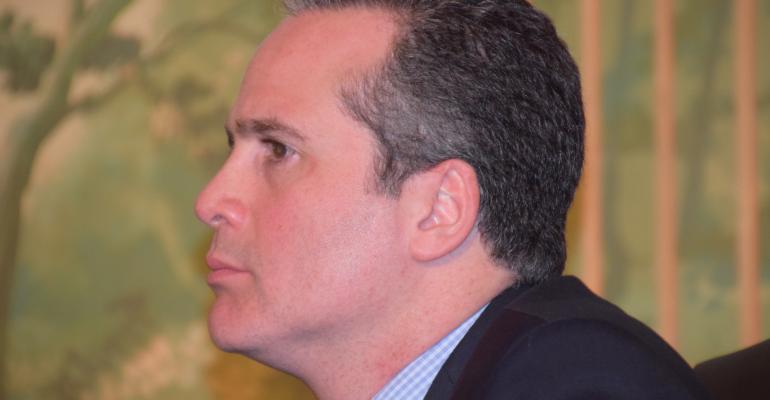SAN FRANCISCO – Conventional wisdom is that a turning point occurred during the last recession when people struggling financially started paying their car loans ahead of their mortgage payments, not the other way around as had been the case.
That alleged flip-flop of bill priorities when there’s only so much money to go around was considered significant. It showed how much people valued their vehicles and wanted to prevent an unwelcome visit from the repo man.
But TransUnion looked at the financial data history, and came up with a different conclusion, says Steve Chaouki, the firm’s executive vice president-U.S. Information Services.
“We found that not only did people pay their car payments first back then, but they always have,” he says at the American Financial Services Assn.’s 2015 vehicle finance conference held as a prelude to the National Automobile Dealers Assn. convention here.
 “Auto still is top of mind and top of wallet,” he says of consumer pay-back behavior.
“Auto still is top of mind and top of wallet,” he says of consumer pay-back behavior.
That’s not to say there aren’t risks, especially as more lenders dive into the deep waters of subprime. But the perils aren’t as dire as some skeptics claim, citing an increase in giving car loans to low credit scorers.
Subprime auto lending all but disappeared during the recession year of 2009. It is making a comeback, and now makes up 15% of auto loans. The likelihood of delinquency and default increases as credit scores go down. But losses here and there are part of the financing industry.
“There’s an old adage,” Chaouki says. “If you don’t want losses, don’t lend money.”
He adds: “It’s OK for losses to increase as long as they are managed and predictable.”
Still, car-loan delinquencies and defaults are relatively rare. “They’re almost non-existent in our industry,” Chaouki says.
Car loans that are delinquent by 60 months or more make up only 1% of active financing. Subprime was 5.3% of that in the third quarter of 2014, he says.
The number of active auto loans during that period reached 25 million. “We’ve seen massive growth, Chaouki says.”
The risks of auto lending take on a nature of their own because most car buyers get a loan through a dealer, not directly from a financial institution.
“There is a risk in this business because of its third-party nature,” says Jason Grohotolski, a senior analyst at Moody’s Investors Services.
Although they’re away from the dealership and the car deals occurring on the premises, “lenders need to control that someone is buying a product within reasonable expectations,” he says.
There’s a good reason consumers pay their car loans first, says Steve Szakaly, NADA’s chief economist. “Cars are a productive asset.”
Skeptics predicting the possibility of a subprime auto-lending bubble often point to the subprime mortgage crash of six and seven years ago. “But likening auto to mortgage is extremely naïve," Chaouki says. “They’re completely different assets.”





